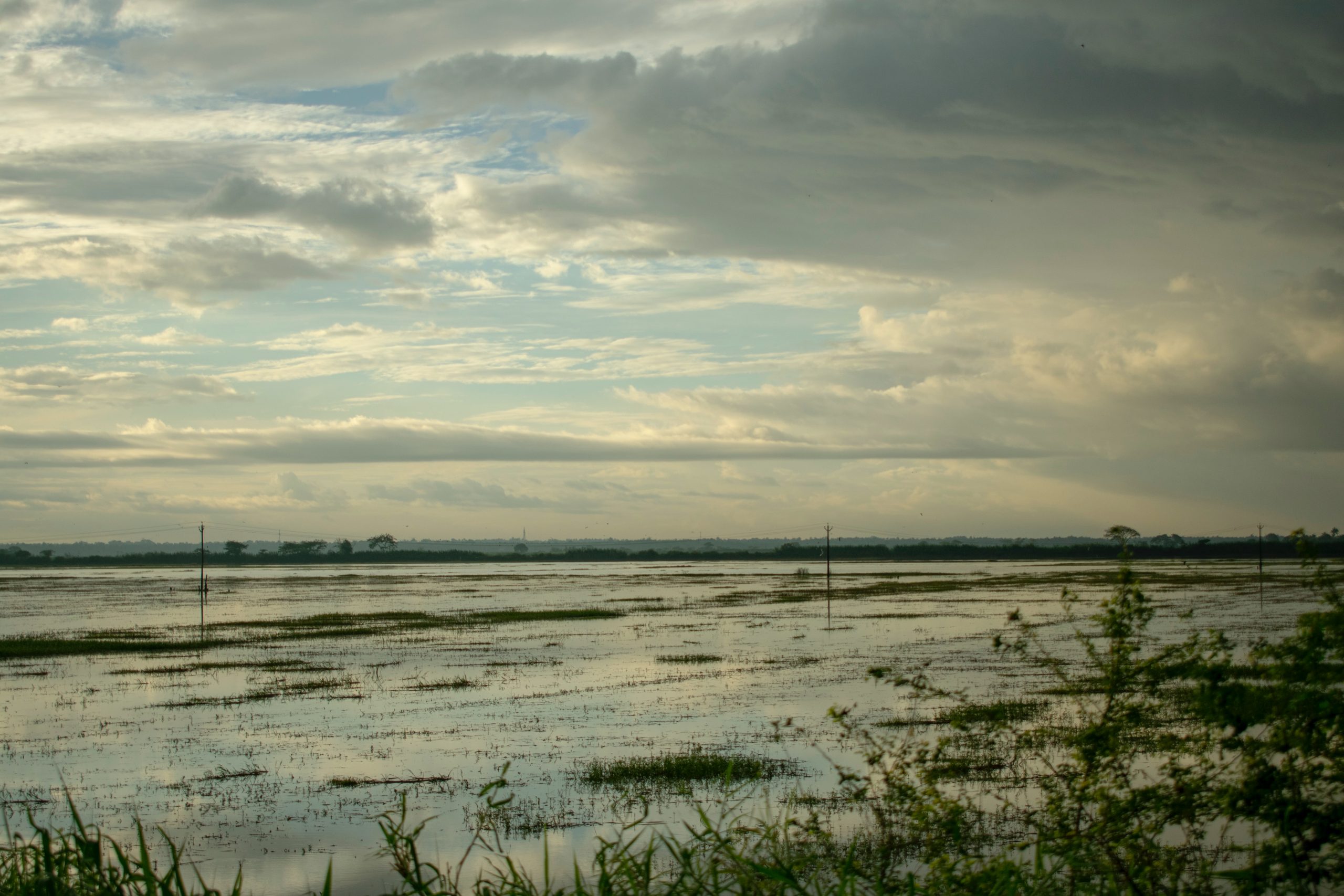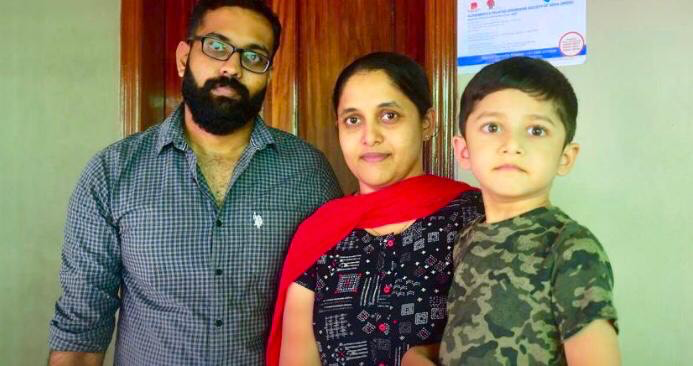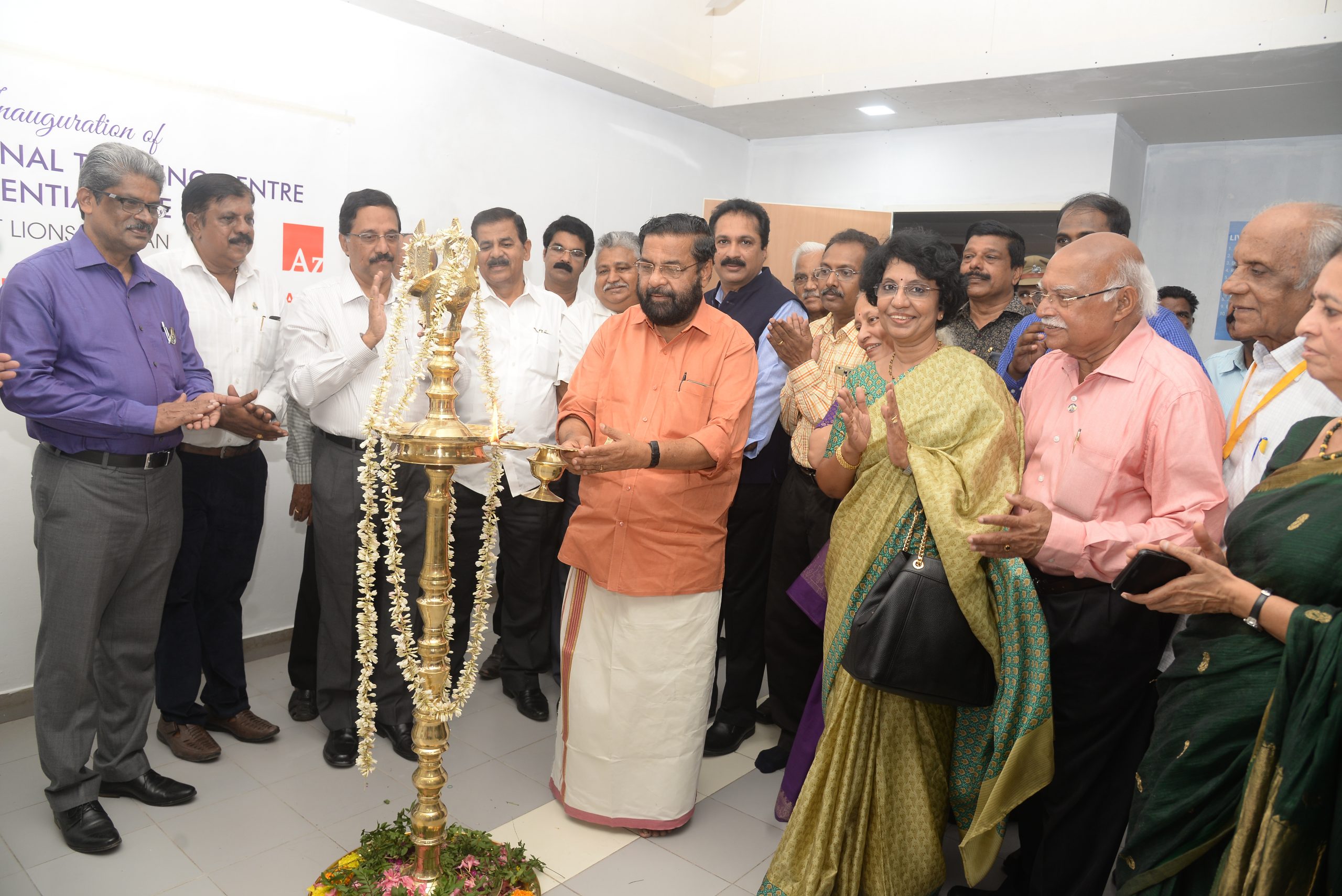This is the second blog in a four part series from Senju Joseph, who is based in India and works at the Dementia Respite care centre in the city of Thrissur. In this series, Senju documents his first-hand experience of working in a dementia care facility during the ongoing spread of the COVID-19 Delta variant.
I made the decision to shift the 6 COVID-19 positive residents to one side of the Dementia Respite care centre, where I would care for them there. In that area, they would be isolated and I would look after them, as I didn’t want my staff to be worried about looking after positive patients. I insisted the remaining 2 carers look after our 6 patients who tested negative.
The door which partitioned the two sides of the building was locked. Food and drinks for the residents were brought to me and kept by the door. I contacted our physician and he advised me to take an immunity booster, as well as give some medication to everyone. Incontinence products were also arranged for all the residents, as there would be less mobilisation for the residents on a day-to-day basis. Arranging for essential supplies to be delivered to the centre’s door was hard work as the whole country was in lockdown. COVID-19 cases were comparatively high in our area, with most shops closed and travelling restricted.
Each day started with me washing and dressing the COVID-positive residents. It was quite a task as they were unable to help at all. As I was using all the personal protective gear possible, it stopped them from being able to identify me. They were behaving like I was an unknown person. Luckily 2 of them were able to recognise my voice and followed my instructions partially.
By 11am each day, I had already managed to wash, feed and give medication to all residents. I would then have breakfast, followed by a lunch break at 3pm and finally dinner by 11pm once I had managed to do the evening routines and get everyone to bed. (Though I was staying in the COVID-19 positive side of the building, I was the only nurse in the building and had no choice but to interact with the negative-tested patients when it came to delivering medicine.)
Once the family members were informed about the outbreak at the centre, they were worried and wanted to be in constant contact to receive updates on their loved ones.
After finishing the long day, I would have to go and isolate myself. I would talk to my son on video call. He couldn’t understand why I was ringing this late and why I wasn’t seeing him when he and his mum were not well.
During the night, I would have to check on all 6 patients as their oxygen saturation was in constant fluctuation. I would end up often staying the whole night while monitoring them and giving fluids in regular intervals. I became worried if I could continue to do the same for the next 10 days and was worried about the other 6 residents catching the virus, as they were all sitting together just a couple days prior.
From the second day onwards, my body became adjusted to the new exhausting environment. However, our residents’ total dependence and helplessness gave me the motivation to bring them through safely from the current situation. During this time, the staff in the other wing were starting to exhibit minor symptoms along with a couple of residents. The staff were also receiving negative feedback from their family for being in such a vulnerable situation – but they stood with me to look after our residents, who needed our help the most. (I do admit that I used a psychological ploy to motivate them, asking how they would feel if they abandoned these helpless residents.)
Meanwhile, by day 3, my son Austin was feeling slightly better while Priya’s health stayed the same with nausea and other symptoms. There was enough baby movement and she kept on monitoring her saturation as she was still feeling short of breath.
In the early morning hours of the 4th day, one of our COVID-19 positive residents (YA*, 78 years) was not looking good. His oxygen saturation levels were falling below 85. He was struggling so much and his vital signs were a cause of concern. We decided he needed to go to the hospital.
We rushed him to the nearest hospital but they would not admit him as he was Covid positive. So we then took him to the District hospital, where they checked him and referred him to the Medical College Hospital. After taking him to the Medical college, we informed his family to meet there as I needed to return to the centre. He was still struggling with oxygen in the ambulance. However, when his family arrived at the Medical College, they couldn’t get a bed for him to be admitted. I had to temporarily say goodbye to him and rush back to the centre to look after my other residents.
On my way back, I decided to buy a new oxygen kit for the centre, as well as arrange for the pharmacy to deliver another one. There was already a scarcity of oxygen supplies in India and it was very difficult to arrange one instantly. By the time I had arrived back at the centre from brining YA to the hospital, two more of our patients were struggling with oxygen saturation levels, which only increased my worries.
Around this time, I decided I had to inform all of our residents’ families about the situation that was developing at the hospitals. I contacted Mr. Thomas Cherian, Treasurer of ARDSI, to seek advice. I thought we should try and admit some of residents to the hospitals with the help of the families. He advised me to try and explain the situation, saying it would help in tackling the situation of more than one causality happening at a time and because we were so short staffed, we were currently helpless in getting them admitted.
Though the families tried their best to help, they couldn’t find any beds and the hospitals were all full.
I had tests arranged again for the 6 residents who were negative, 3 of the staff and myself. The staff had various symptoms, compounded by the fact that they had been working constantly for the last few days.
I began to have more and more phone calls from left, right and centre; from families, as well as the Health Department, asking about conditions of residents, advising what to do, where to go. But all of the advice given was only applicable for someone who wasn’t living with dementia.
They could send an ambulance but no healthcare workers. They could take admission on a Covid ward but no beds – and certainly no one would be working that would understand their condition or provide the care required.
* The initials of the Dementia Respite care centre residents have been changed to protect their identity.


